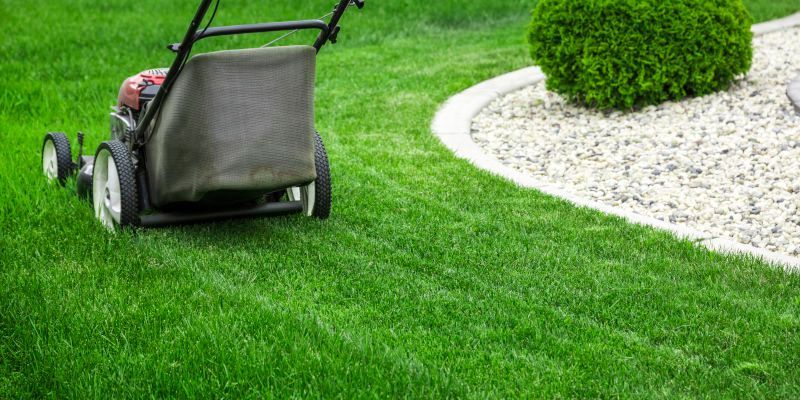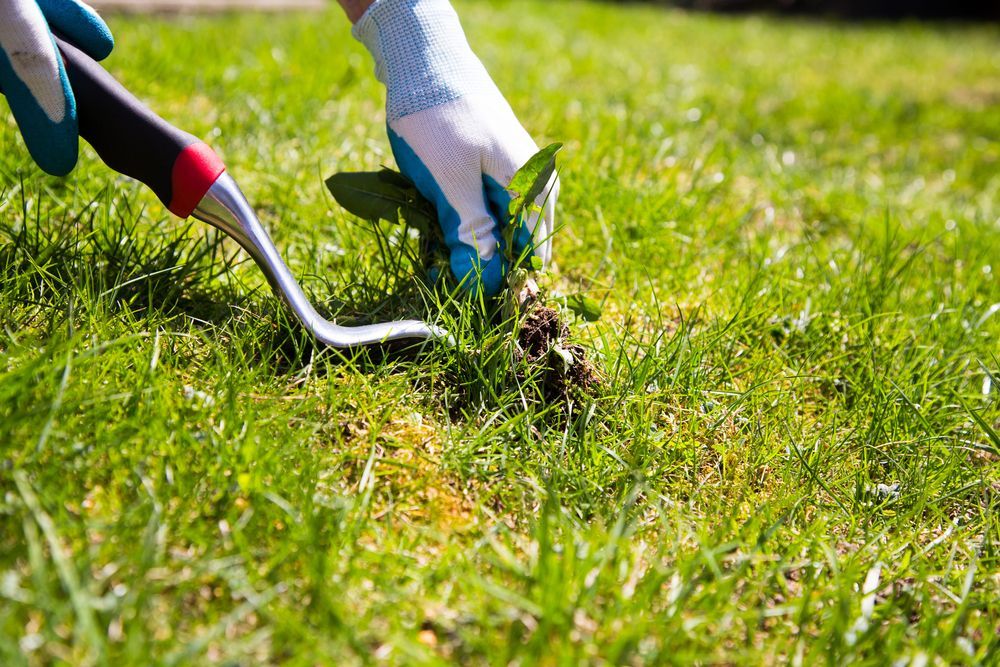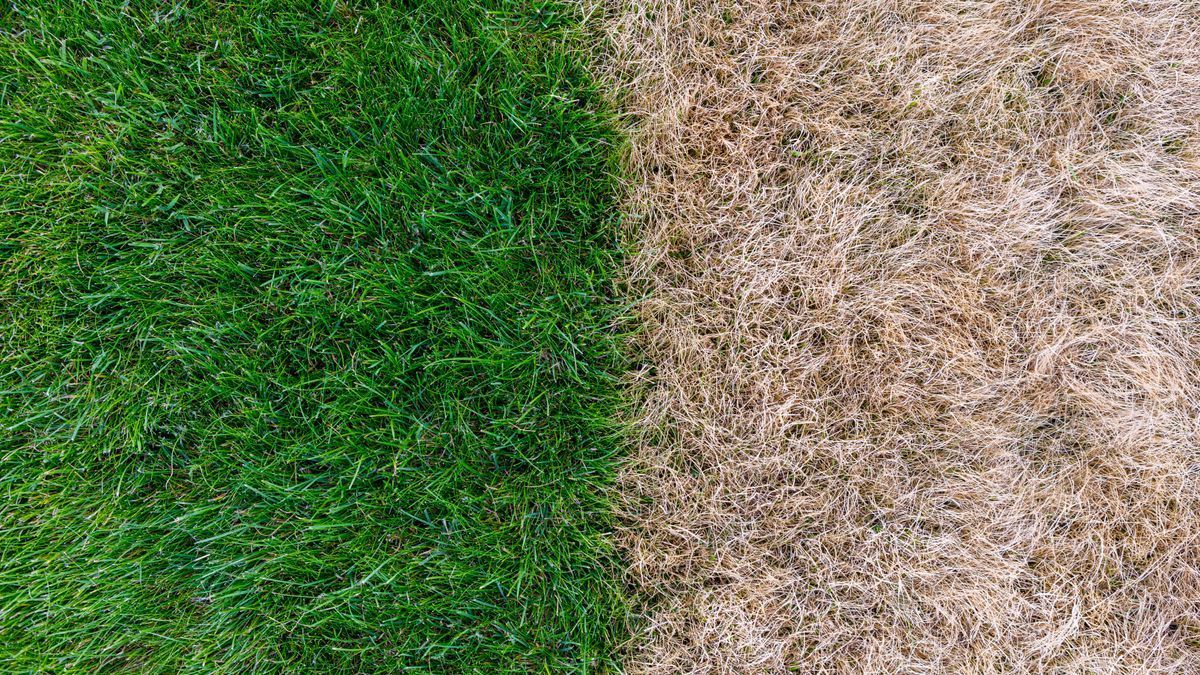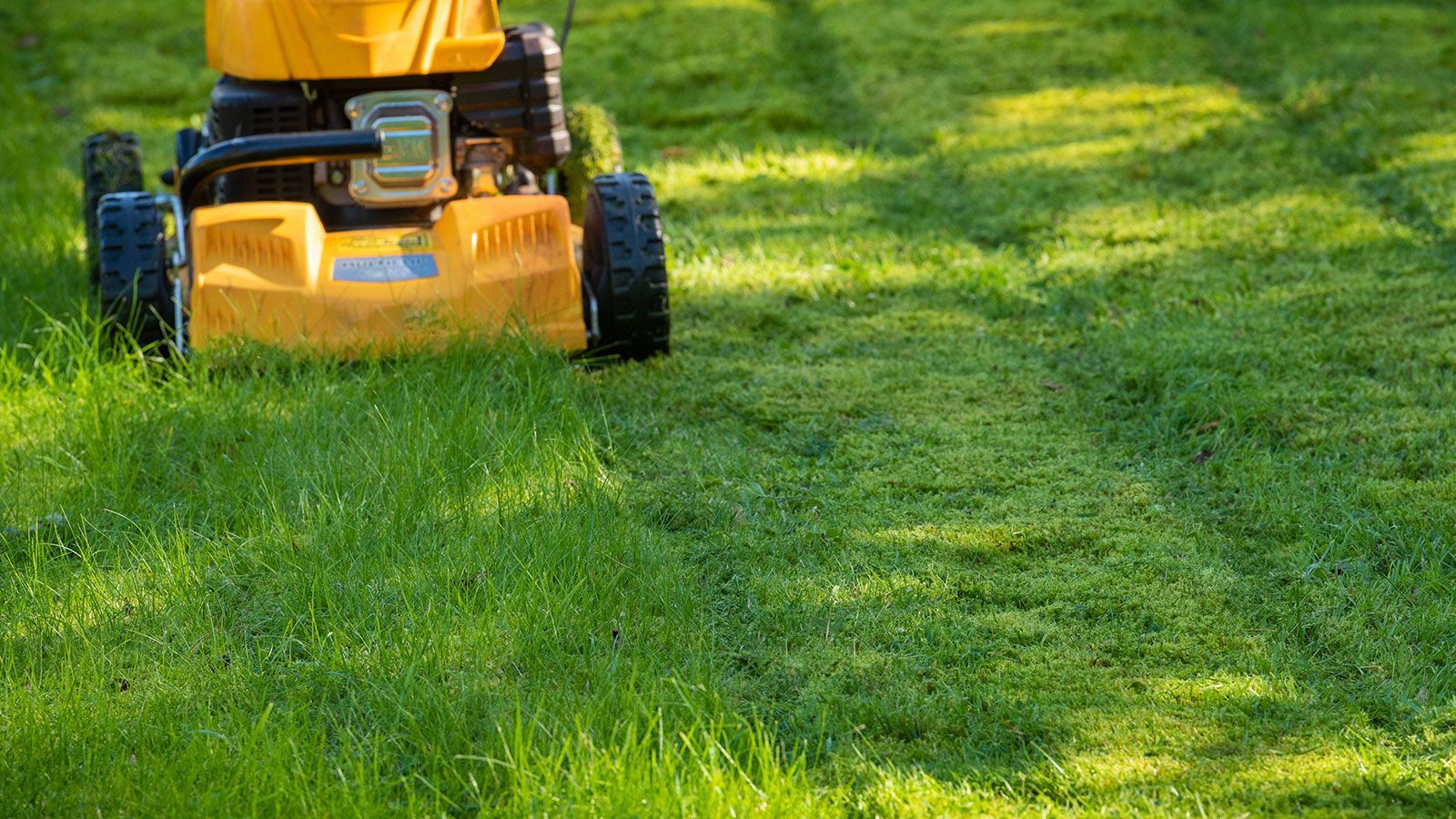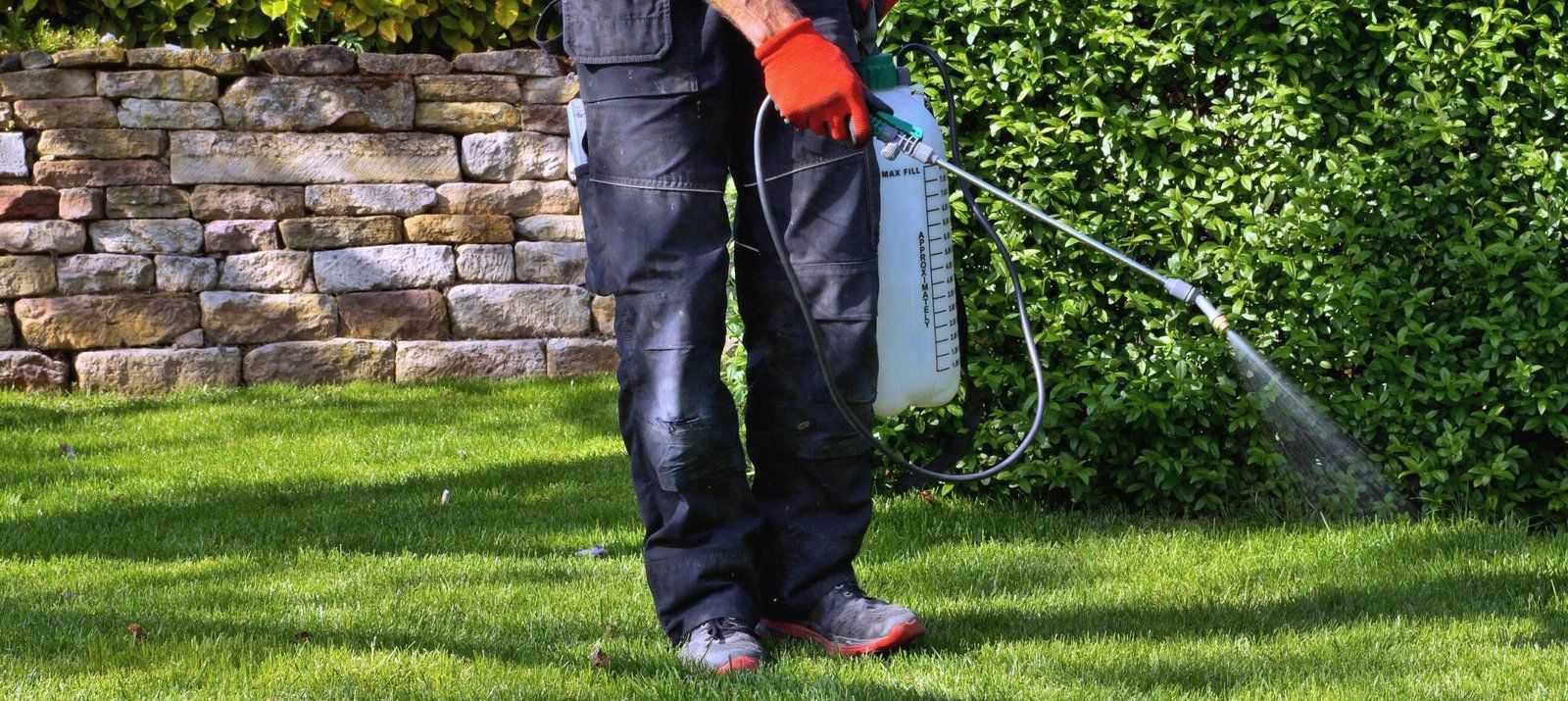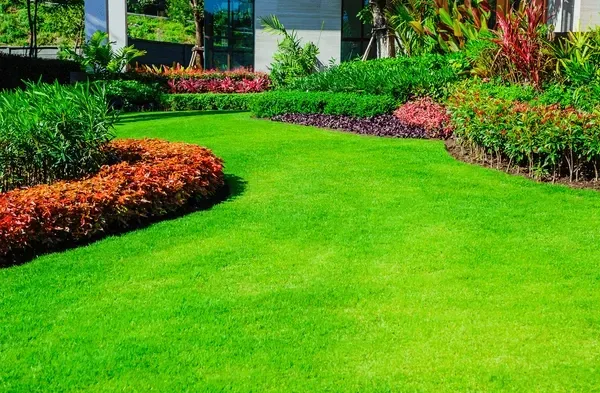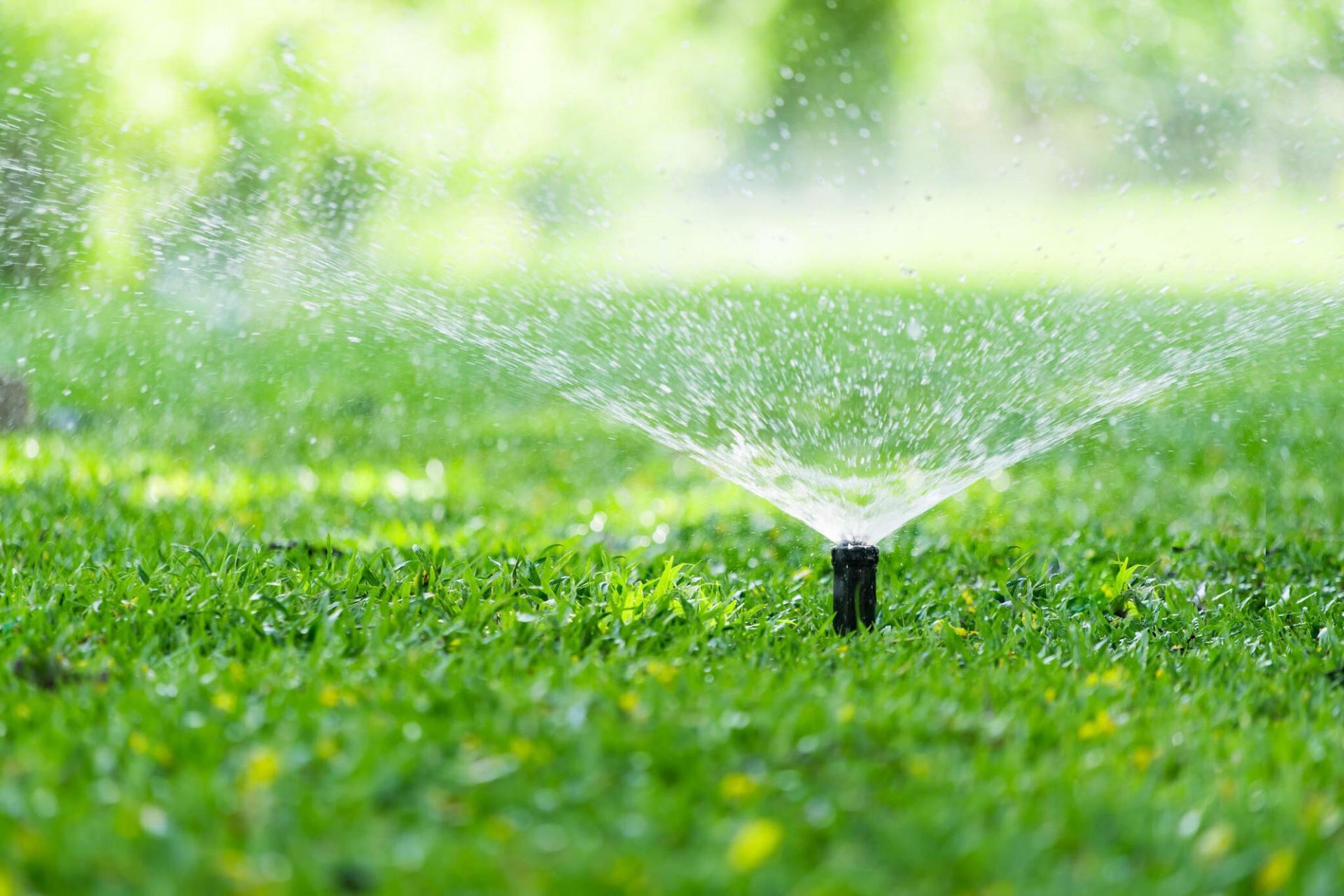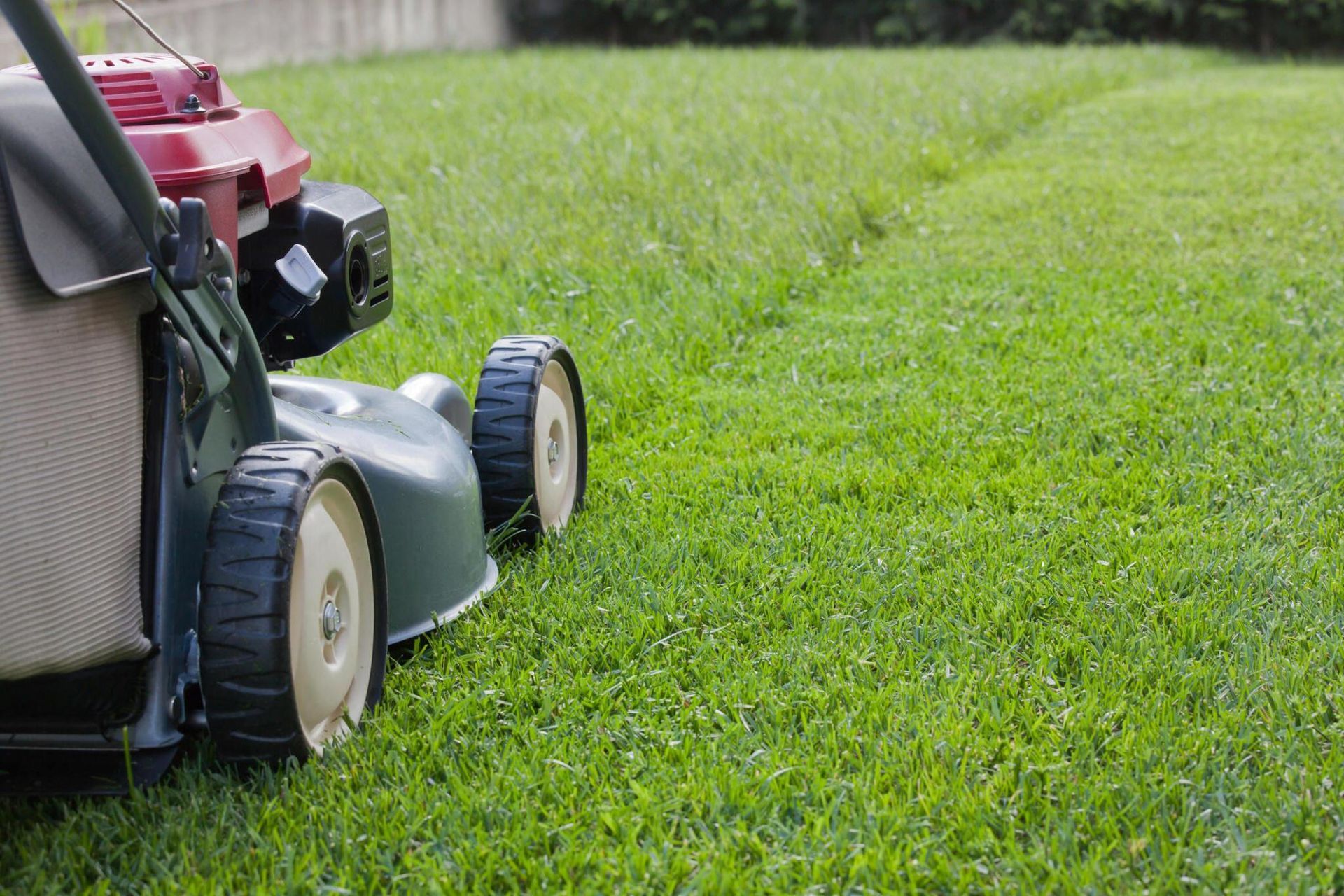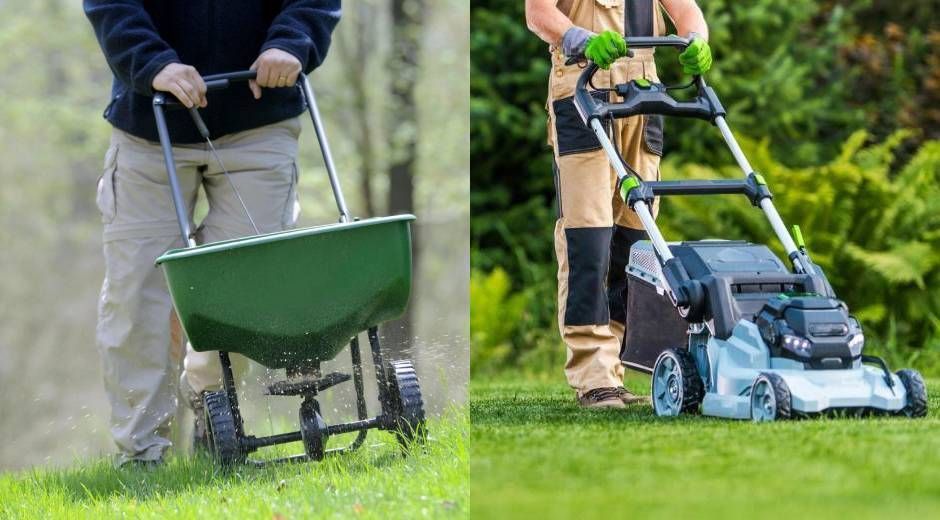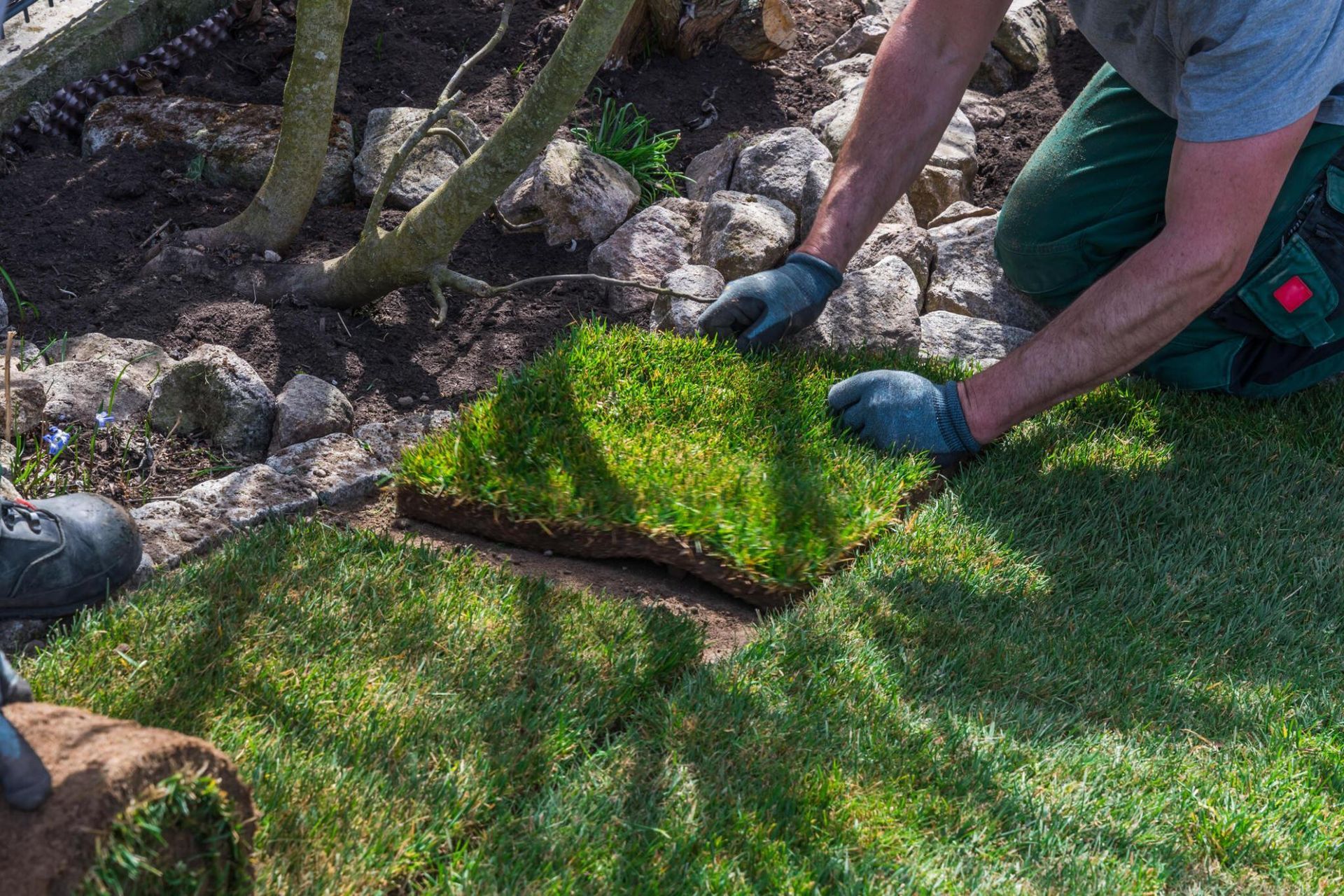The Ultimate Guide to Choosing the Right Type of Grass for Your Lawn
As any homeowner or gardener knows, having a lush and healthy lawn is aesthetically pleasing and adds value to your property. While there are various types of grass available, it can be difficult to find out which one will best fit your needs. This comprehensive guide will provide you with all the information and tips you need to make an informed decision.
Before diving into the different types of grass, let's briefly go over why choosing the right one for your lawn is essential. A well-chosen grass will thrive in your climate and soil conditions and require less maintenance and water, saving you time, money, and effort in the long run. Plus, a healthy lawn is beneficial for the environment as it helps reduce soil erosion and provides oxygen.
Understanding Your Climate Zone
One of the most crucial factors to consider when selecting the correct type of grass is your climate zone. Climate zones are defined by temperature, rainfall, and other weather patterns influencing plant growth. Different types of grass have different temperature and water requirements, making it essential to match them with your specific climate.
For example, cool-season grasses and tall fescue thrive in regions with cooler temperatures and moderate rainfall. On the other hand, warm-season grasses do best in warmer climates with high humidity levels. If you live in a transitional area with both cool and warm weather, there are also grass options that can handle the changing conditions.
Evaluating Soil Types and Sunlight
Another crucial aspect to consider is your soil quality and sunlight exposure. Before choosing a type of grass, it's essential to test your soil's pH level and composition. Some types of grass do well in soils that are acidic, while others prefer a more alkaline environment.
Sunlight exposure is another factor to consider, as it can significantly affect the growth and health of your grass. Take note that different types of grass have different levels of tolerance for shade and sunlight. For example, if your lawn has areas with high sun exposure, choose a warm-season grass that can handle those conditions.
Grass Types and Their Characteristics
Now that you understand the importance of climate zones, soil types, and sunlight exposure, let's look at the different types of grass available. Cool-season grasses like Kentucky bluegrass, perennial ryegrass, and tall fescue are known for their deep green color and ability to grow in cooler temperatures. However, they require more water and maintenance compared to warm-season grasses.
Warm-season grasses like Bermuda grass, Zoysia grass, and St. Augustine grass are popular for their drought tolerance and heat resistance. They require less maintenance and water, making them popular for homeowners in warmer climates. Transitional areas may benefit from a mix of cool and warm-season grasses to provide year-round greenery.
Water Requirements and Drought Tolerance
Water conservation is becoming increasingly important, so it's crucial to consider the water requirements of different types of grass when making your decision. While lush and beautiful, cool-season grasses require more frequent watering to maintain their appearance. Warm-season grasses are generally more drought-tolerant and can survive on less water, making them a more sustainable choice.
Maintenance Levels and Time Investment
Another factor to consider is the maintenance level and time investment required for different types of grass. Some grasses, like Bermuda grass, require frequent lawn mowing and trimming to maintain their appearance. On the other hand, Zoysia grass is known for its slow growth and requires less frequent mowing.
It's essential to consider the amount of time and effort you are willing and able to invest in your lawn. Low-maintenance grasses may be more suitable for those with busy schedules, while others may enjoy spending time caring for their lawn.
Aesthetic Considerations
Aside from practical factors like climate and maintenance, it's also essential to consider the visual impact of different types of grass. Some grasses, like Kentucky bluegrass, have a lush, dark green color that looks beautiful in any landscape. Others, like Zoysia grass or Buffalo grass, have a lighter and less uniform appearance.
It's also important to consider the texture of the grass, as it can significantly impact the overall look of your lawn. Fine-textured types of grass give a more manicured and formal appearance, while coarse-textured grasses provide a more natural, rugged look.
Conclusion
Selecting the appropriate type of grass for your lawn requires attentive consideration of various factors such as climate, soil quality, water requirements, maintenance level, and aesthetic preferences. By understanding these key elements and researching different types of grass available in your area, you can make an informed decision that will result in a beautiful and thriving lawn. Remember, your lawn is an investment, so choose wisely and enjoy the benefits of a healthy and attractive outdoor space.
If you are seeking a professional lawn solution,
contact Green Lawns Solutions. Our team of experts can assess your lawn's needs and provide customized care to ensure it stays healthy and beautiful year-round. Don't settle for a lackluster lawn – trust the professionals at Green Lawns Solutions to keep your outdoor space looking its best. Contact us today for more information or to schedule a consultation.

